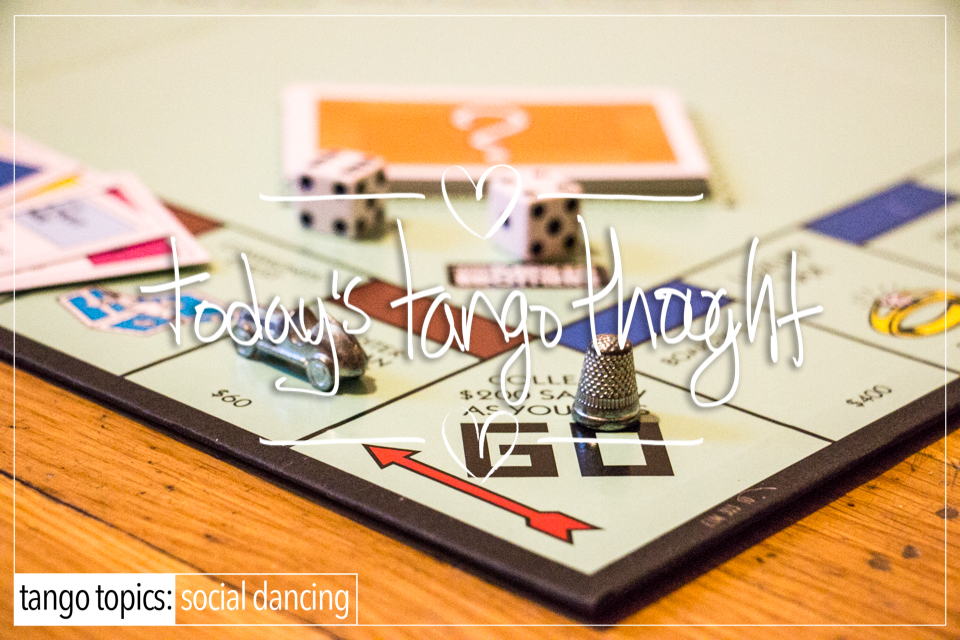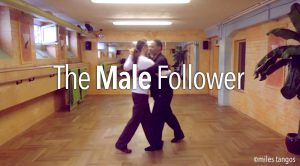The dance starts out on an even footing. It’s quite clear two steps later that one of you is clearly better than the other. Usually the Lead believes that they’re all that, and the Follower is just trying to survive the compressive embrace, let alone actually dance. In reality…well let’s just say that no one is perfect and leave it at that, shall we ?
The fact is that regardless of which role we dance we have a tendency towards blaming our partners for our foibles. We don’t like to admit that we screw up in life, and in tango nearly all screw ups are the fault of the lead. Nearly. There is really only one instance under which the lead is not responsible. And it happens when the Follower makes a different choice than what was intended. To be clearer, a Follower can mishear/misread what was led, but if they’re being honest, then they can rightfully abdicate responsibility for X, Y, and Z because it was ‘led’. However, that’s not an entirely accurate summation because it leaves out of the equation the role of the Active Follower and deliberately making choices that may not be what was intended but end up being so much more of an egalitarian experience to the point where the ideas of traditional lead and follow blend and merge and you’re not really certain who’s leading or following whom. 😉
Blame on the other hand, happens quite frequently, which usually goes like this: Lead/er ‘suggests’ X (1), Follow tries to initiate X, Follower mishears/misreads X (2), Lead stumbles in the execution of X because the Follower executed the wrong thing or is not where they’re supposed to be, Blame ensues, and then here’s the kicker – The Follower Apologizes for what they were led to do!
Notation 1: That ‘suggestion’ is usually vague as the day is long. Meaning that said ‘lead’ (the action) is not as clear and direct as it could be, usually said lead (the action) is stopped or incomplete half way through the intention to do such. And as a result the Follower is unclear as to what they’re supposed to be doing and thereby must ‘infer’.
Notation 2: The Follower has to infer a great amount from an unclear lead. This happens quite frequently, and more so than we would like. 🙁
As a result, the Blame Game ensues, round and round we go.
There is a way out of the Game. Several really. One of them is to recognize that you’re not all that, and that you’re human, and that you make mistakes – frequently. Accept responsibility for those mistakes and move on.











